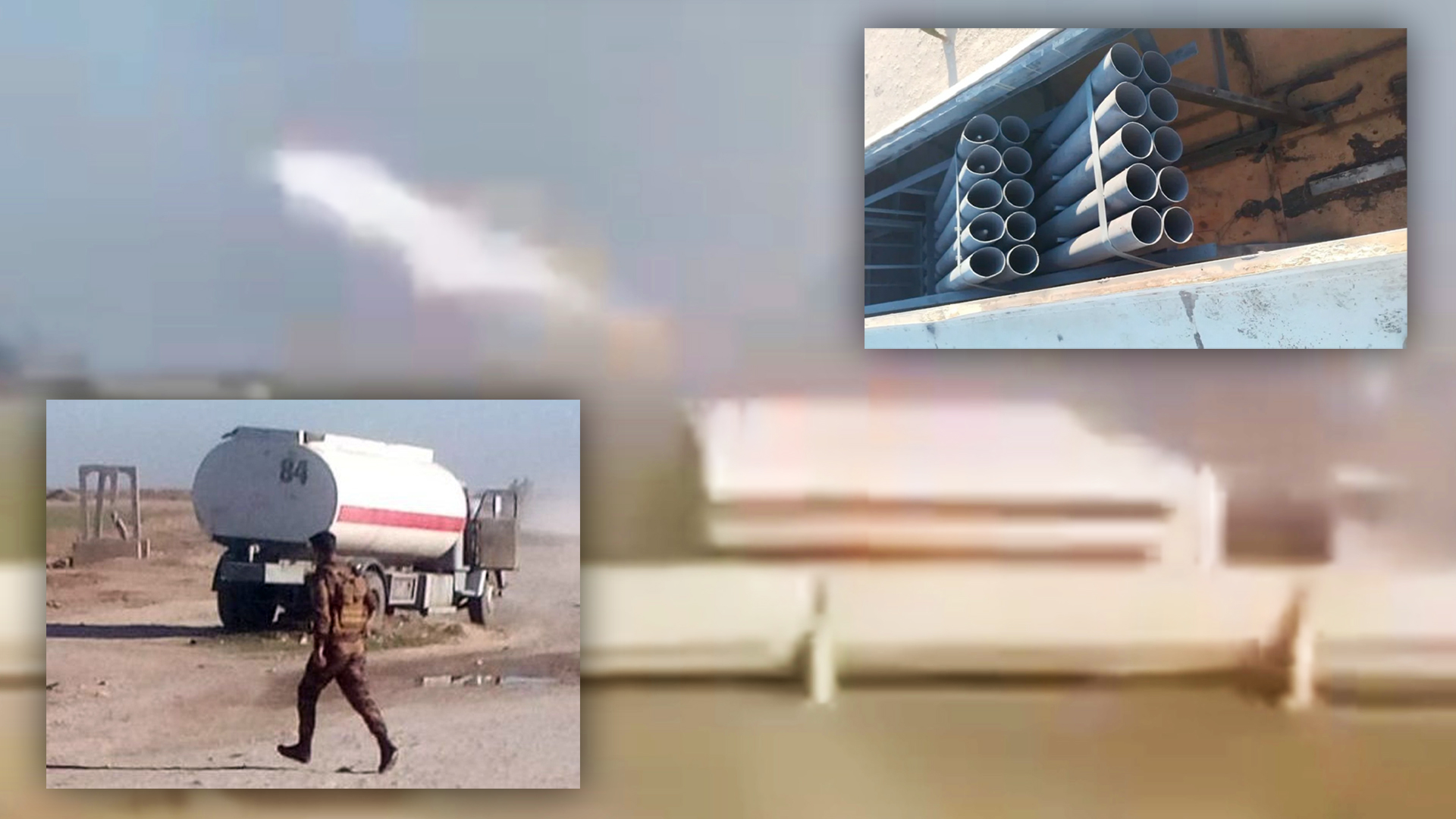Earlier this week, Iranian-backed militants in Iraq fired 122mm artillery rockets at U.S.-led coalition forces in neighboring Syria using an improvised array of launchers disguised inside a modified tanker truck. A video clip, seen in the social media post below, has emerged showing this vehicle in action.
“At approximately 2:15 p.m. on Dec. 3, 15 122mm rockets originating in Iraq were fired at the U.S. base Rumalyn Landing Zone in Syria,” according to U.S. Central Command, the top U.S. military command in the Middle East. “There were no injuries to personnel or damage to equipment.
The Rumalyn Landing Zone is a U.S.-led coalition forward operating location in the very northeastern tip of Syria relatively close to the Iraqi border. The Islamic Resistance in Iraq, an umbrella organization that includes multiple Iranian-backed militias, claimed responsibility for the attack.
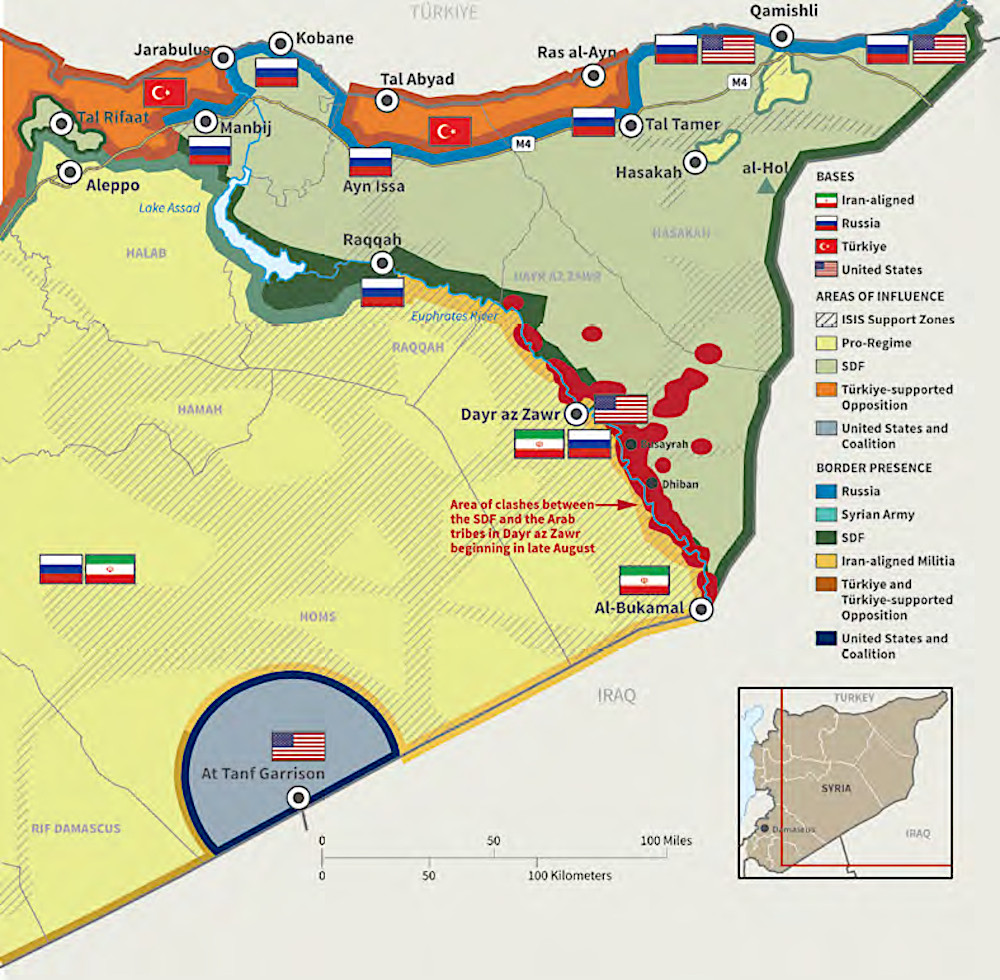
“Combined Joint Task Force-Operation Inherent Resolve [CJTF-OIR] located the point of origin with uncrewed ISR assets and passed the location to Iraqi Security Forces who moved to and investigated the site,” CENTCOM added. CJTF-OIR is the formal name for the U.S.-led coalition primarily focused on fighting ISIS in Iraq and Syria.
The improvised launcher vehicle, which was subsequently recovered by Iraqi forces, had a total of 20 launch tubes, and five of the 122mm rockets loaded into them did not function properly.
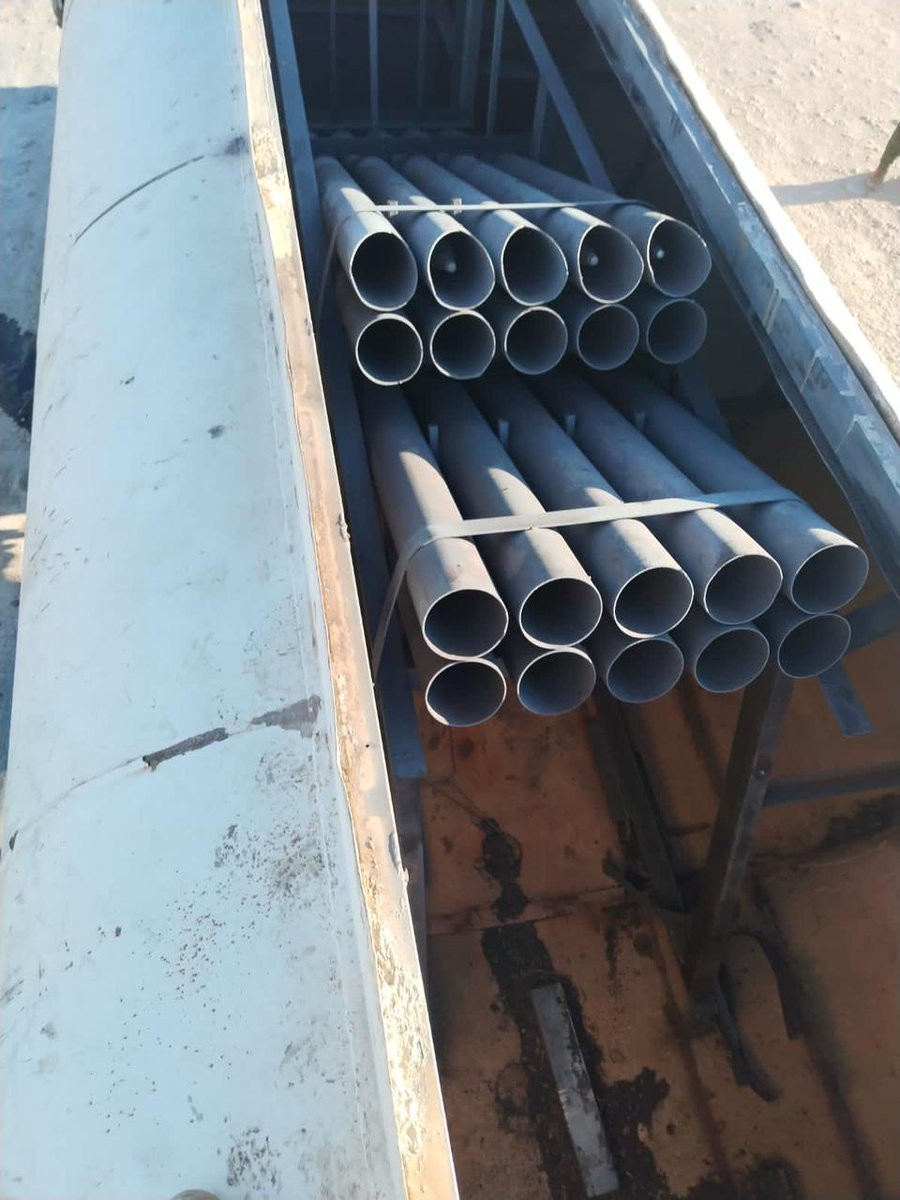
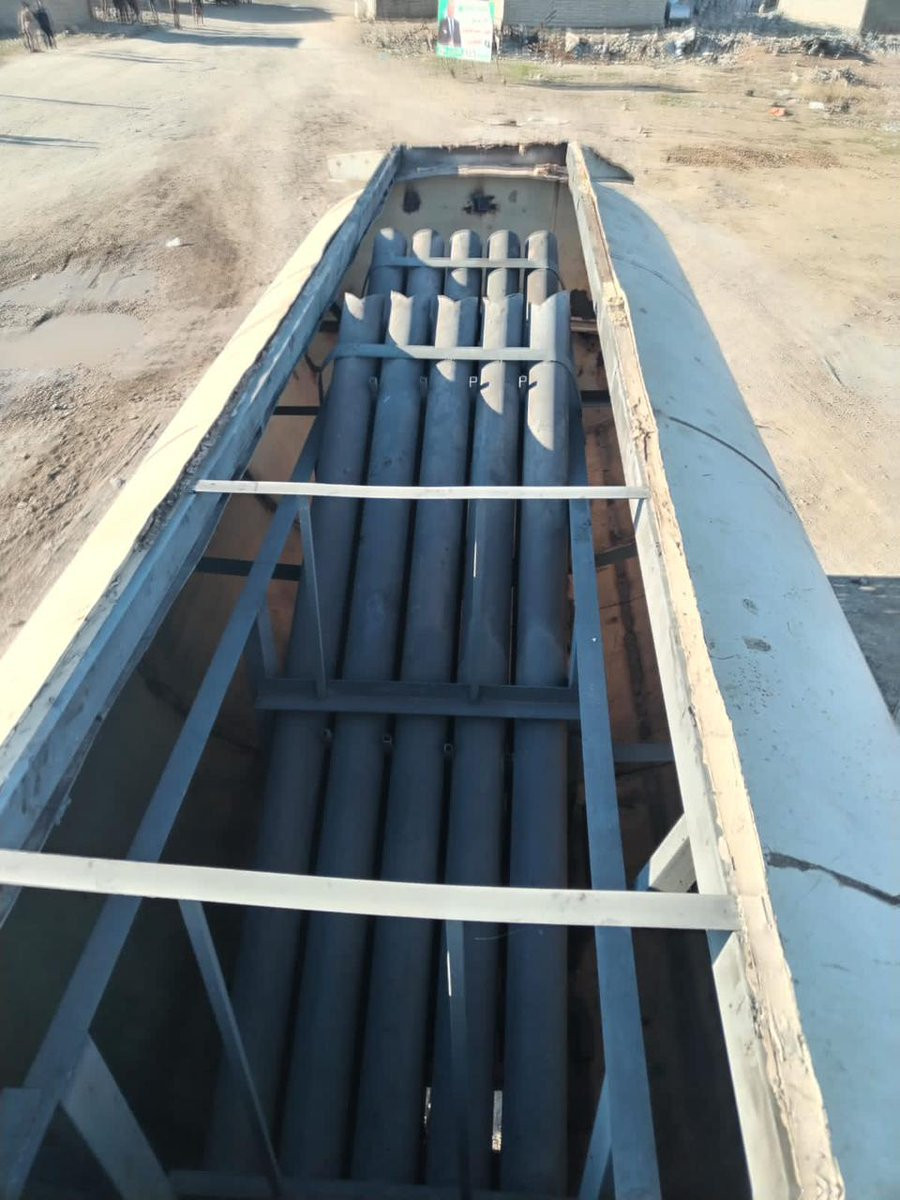
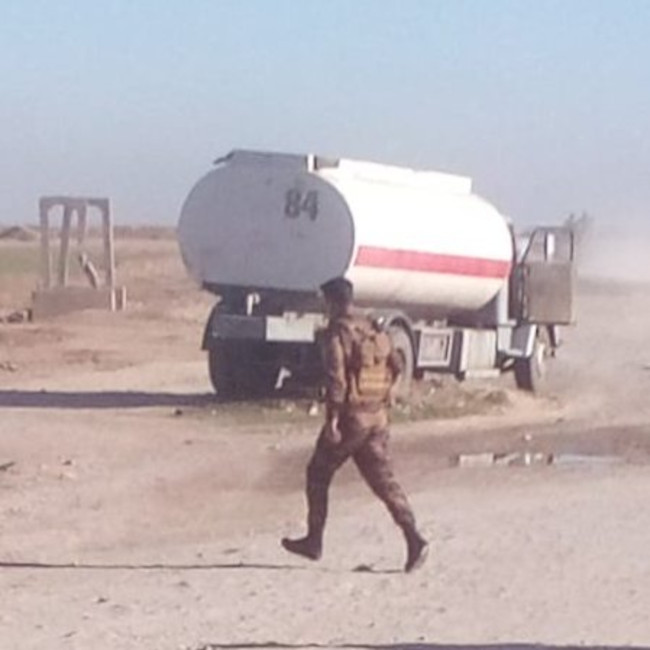
The video clip of the launcher in action shows the vehicle in motion, but it is unclear if there was anyone inside at the time. The force of the rockets being fired may have been enough to push it along. Typically, these kinds of improvised launchers are emplaced and then set to fire on their own using some kind of timer or remote system.
Concealed improvised rocket launchers have become something of a hallmark of Iraqi militants over the past two decades or so, dating back to the immediate aftermath of the U.S.-led invasion of the country in 2003. Various types of commercial trucks have been modified in this way over the years. In a least one instance in 2003, rocket launchers were even stuffed inside donkey-drawn carts made to look like generator trailers you’d see at a construction site.
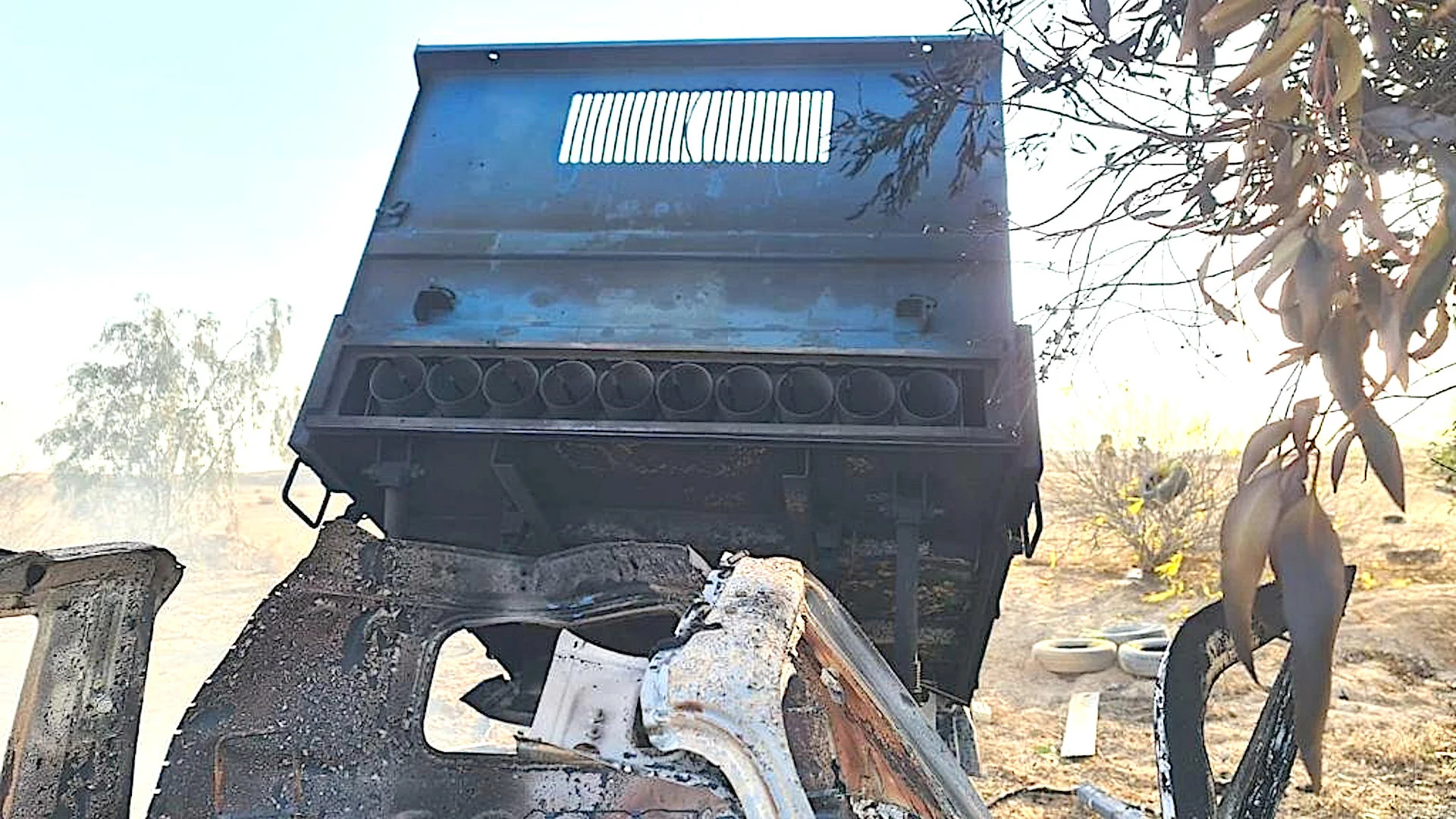
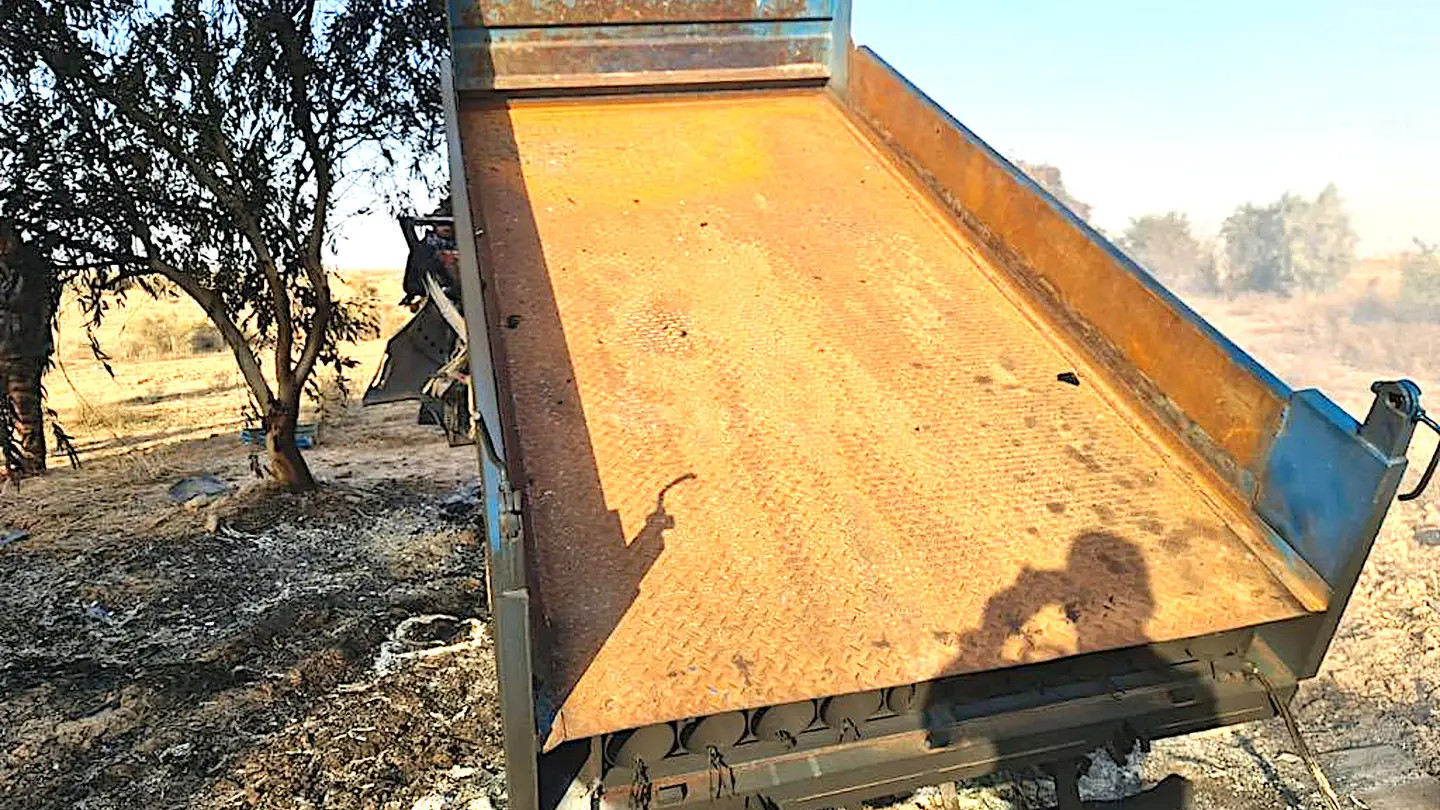
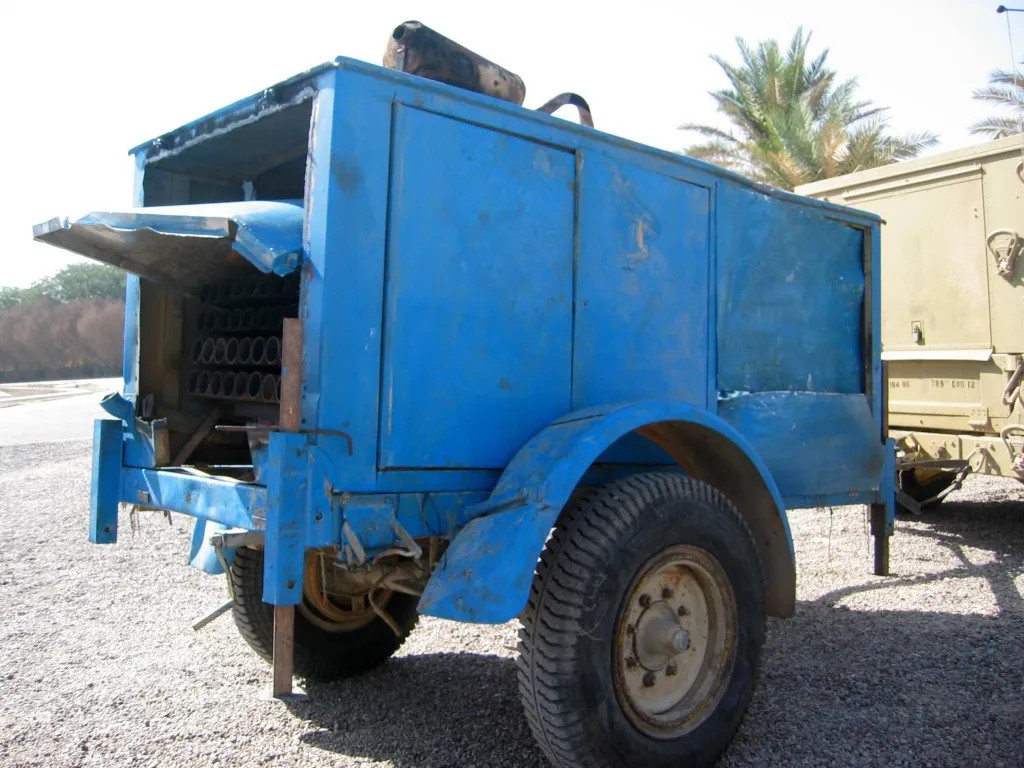
The utility of this kind of concealment is obvious, helping militants to position and employ these rocket launchers with less risk of detection, preemptive destruction and/or counter-attack. Hiding weapon systems in various ways to deceive enemies and reduce risk is, of course, nothing new. Many modern non-state groups and even nation-state militaries have and continue to employ artillery rocket launchers and other weapon systems over the years that are designed or modified to conceal their true purpose to varying degrees. Iran and North Korea are prime examples of countries that actively use such tactics today.
Iranian-backed militants in Iraq and Syria have steadily stepped up attacks on American personnel in recent weeks in response to the U.S. government’s support for Israel’s ongoing intervention in the Gaza Strip. That operation followed the unprecedented Palestinian terrorist attacks in southern Israel on October 7.
There have been at least 76 attacks against U.S. bases in Iraq and Syria by Iranian-backed militias since Oct. 17, which have directly caused dozens of injuries, according to the Pentagon.
Concealed rocket launchers may now be particularly relevant for Iranian-supported groups in Iraq and Syria as U.S. forces look to be increasingly proactive in targeting them. In a separate incident on December 2, near Kirkuk, Iraq, forces assigned to CJTF-OIR killed five militants preparing to launch a one-way attack drone, according to CENTCOM.
Last month, a U.S. Air Force AC-130J Ghostrider gunship struck a vehicle belonging to an Iranian-backed militia outside the Iraqi capital Baghdad in an unusually public operation. That vehicle and its occupants, said to be members of Kataib Hezbollah, had been involved in an attack on Al Asad air base, which hosts American forces. The Islamic Resistance in Iraq also claimed responsibility for that attack and later showed off improvised launchers hidden inside a civilian vehicle that it said it had employed.
A temporary ceasefire in Gaza had led to an apparent halt in Iranian-backed militias targeting American forces in Iraq and Syria. The resumption of fighting in Gaza over the weekend has been followed by more attacks on U.S. forces in the region.
As such, rockets flying toward American positions in Iraq and Syria from improvised launchers stuffed inside civilian trucks may become a more common sight in the near future.
Contact the author: joe@thedrive.com
